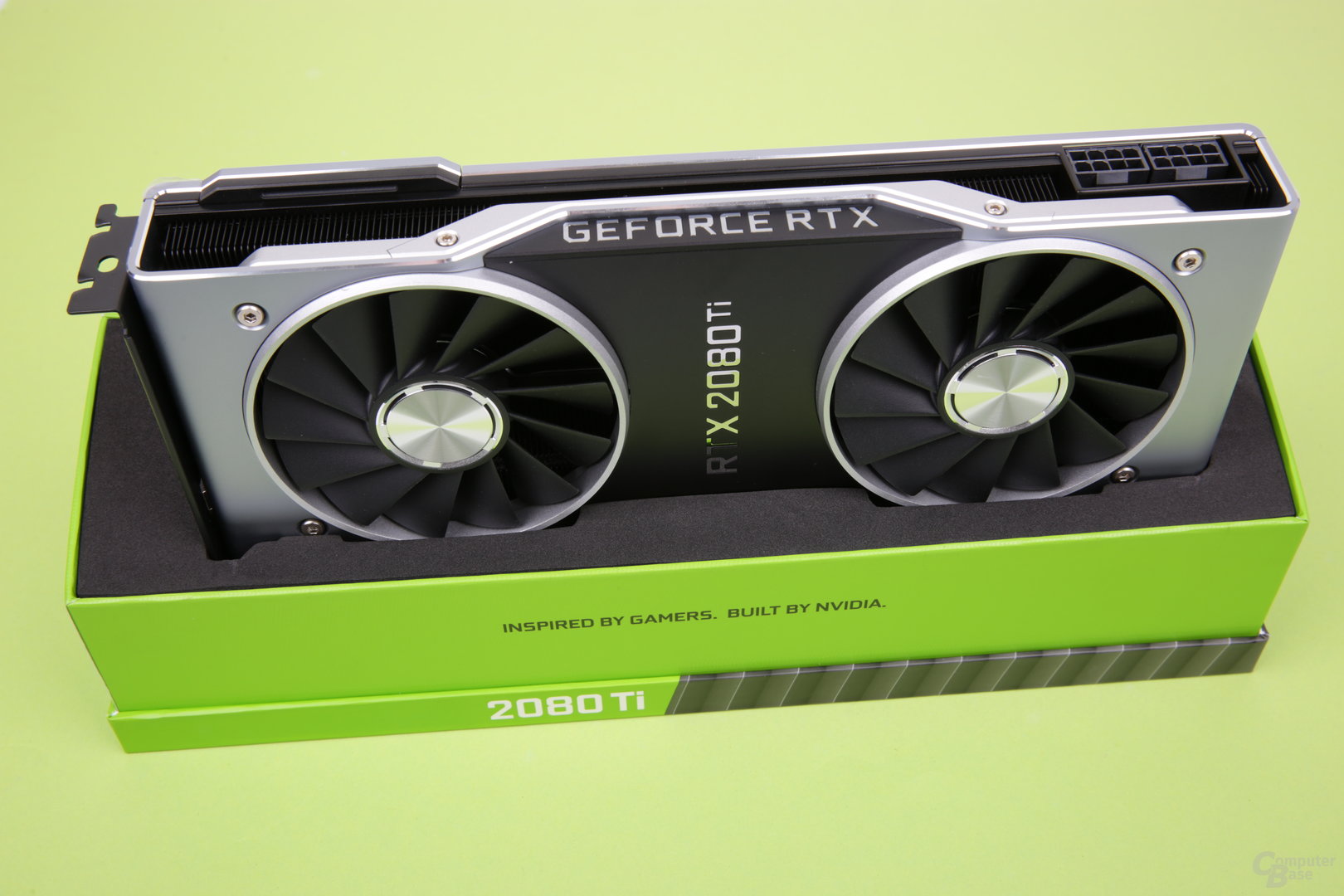The Vive Pro 2 is a real alternative to the Valve Index and a massive update compared to older VR headsets, but it is not the egg-laying VR wimp. There is still no perfect VR-HMD, unless weaknesses of the Pro 2 can be remedied with updates.
Table of contents
- 1 With the highest resolution against the Valve Index
- The winner is clear on paper
- Test methodology
- 2 Image quality, FoV, audio and tracking
- Image quality
- Sound quality
- Tracking
- 3 Ergonomics, Ease of Use and GPU Compatibility
- Ergonomics
- Ease of Use
- Performance requirements and technical details
- Other
- 4 Conclusion
- A significant upgrade for Lighthouse owners
- All in all no better than the Valve Index
- Three paragraphs too short deadlines
The Valve Index (test) has had the high-end crown among VR headsets since it was published – for many from the community, but also for the editorial team. With the Vive Pro 2, HTC is now trying to surpass the “almost perfect” Valve Index and deliver an even more uncompromising PC VR headset for enthusiasts. The test, however, shows: Even more than a year after the Valve Index was published, this is easier said than done.
The winner is known on paper
A quick look at the technical specifications looks very promising, because here HTC combines the best of the HP Reverb G2, Valve Index and the Vive Cosmos Elite and usually even goes a step further. With the “5K resolution” of 2,448 × 2,448 pixels per eye, even the HP Reverb G2 is even surpassed, if only just barely.
-
 VIVE Pro 2 (Image: HTC)
VIVE Pro 2 (Image: HTC)
Image 1 of 4
 VIVE Pro 2
VIVE Pro 2  VIVE Pro 2
VIVE Pro 2  VIVE Pro 2
VIVE Pro 2 HTC offers the highest resolution VR for the time being -Headset for end customers, apart from exotic ones like PimaxVR or StarVR One, which never made it into the mass market.
5 Cameras Inside-out
4 cameras SteamVR Tracking 1.0 + 2.0 Display LCD with RGB OLED LCD with RGB resolution (per eye) 1,280 × 1,440 @ 80 Hz 2,160 × 2,160 @ 90 Hz 1,440 × 1,600 @ 90 Hz 2,448 × 2,448 @ 90, 120 Hz 1,440 × 1,600 @ 80, 90, 120, 144 Hz audio integrated, 1 × 3.5 mm IPD setting software
58–72 mm mechanical
60–68 mm mechanical
61–72 mm mechanical
57–72mm mechanical
58–70mm cable length 5 m Standard Edition 3.5 m
Professional Edition 4 m 4 m
+1 m to Link Box 5m + 1m Required connections DP + USB 3.0 DP + USB 3.0 DP + USB 3.0
+ socket
LCD with three subpixels instead of OLED
In addition to the increased resolution compared to the first Vive Pro (test), the display type has changed from OLED to LCD, which leads to less good black levels, but to a number of other improvements. These include the new RGB subpixel matrix, which offers three instead of just two subpixels per pixel, which, according to HTC, should practically eliminate the fly screen effect in combination with the higher pixel fill rate compared to the first generation. This succeeds in the test and is one of the strongest arguments in favor of the Vive Pro 2.
test methodology
In the test, the Vive Pro 2 has to face the direct competition in the form of the Valve Index and the HP Reverb G2. The three opponents first have to prove themselves in six different categories in the test, are then examined for other strengths or weaknesses and then rated on the basis of the overall impression made. All tests were carried out under Windows 10 with the latest software version. The hardware used was an AMD Ryzen 9 3900X, which was equipped with 32 gigabytes of RAM according to DDR4-3200 in dual-channel mode and supplied the data for an Nvidia GeForce RTX 2080 Ti Founders Edition. In addition, tests were carried out with Radeon RX 6800, Radeon RX 5700 XT and GeForce GTX 1070. A GeForce RTX 3000 was not available for a short time because the tests were not carried out in the editorial office in Berlin and the graphics cards were needed there for the test of the GeForce RTX 3080 Ti.
 Nvidia GeForce RTX 2080 Ti Founders Edition
Nvidia GeForce RTX 2080 Ti Founders Edition The six different Evaluation categories are image quality, audio quality, ergonomics, ease of use and the tracking of headsets and controllers. All ratings are based on the editor's subjective perceptions and should be understood as a relative comparison between the three headsets rather than as absolute values. In addition, the areas dealt with how big the upgrade is from one of the early VR headsets such as the classic HTC Vive.
On the next page: image quality, FoV, Audio and tracking

